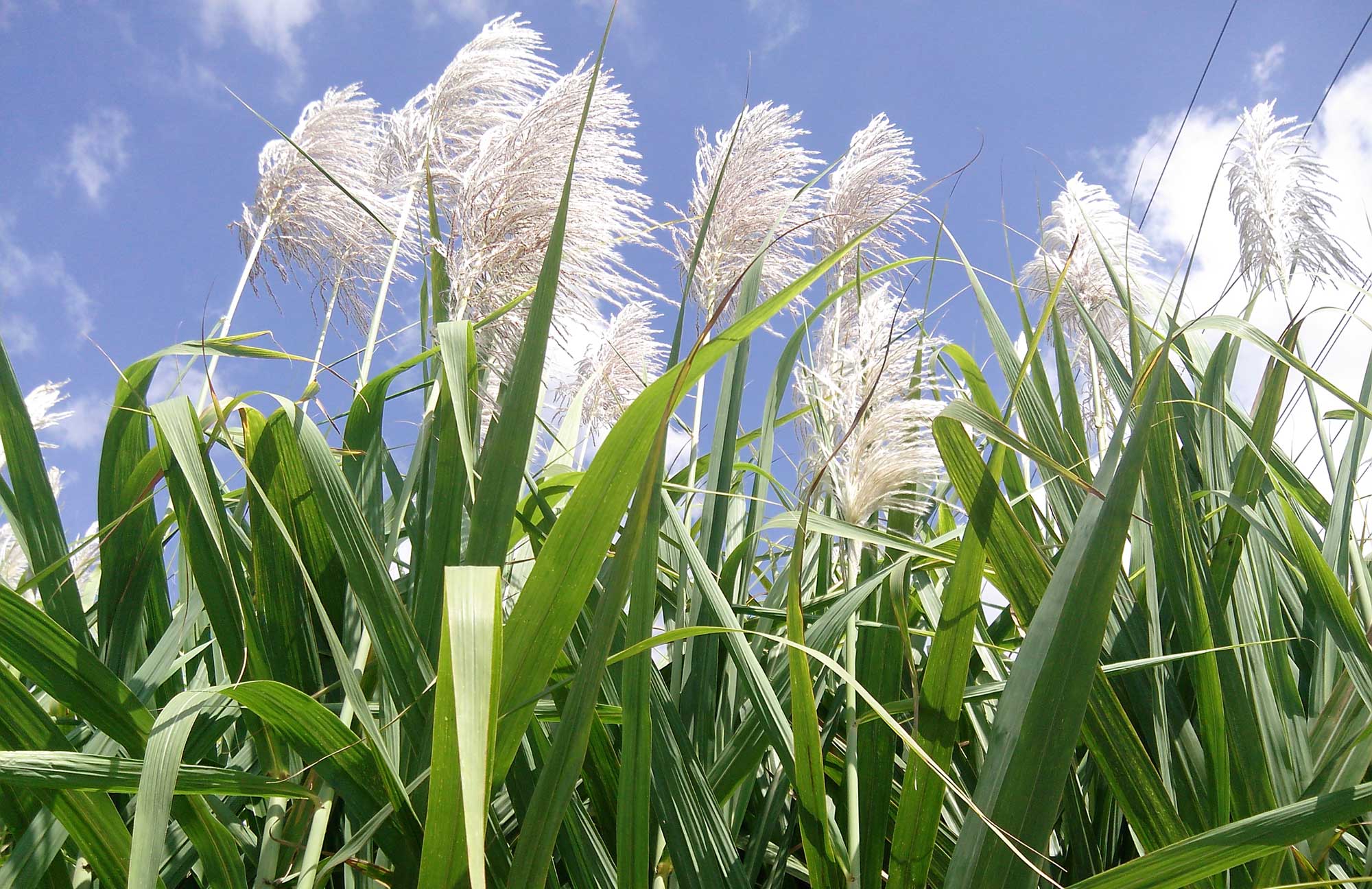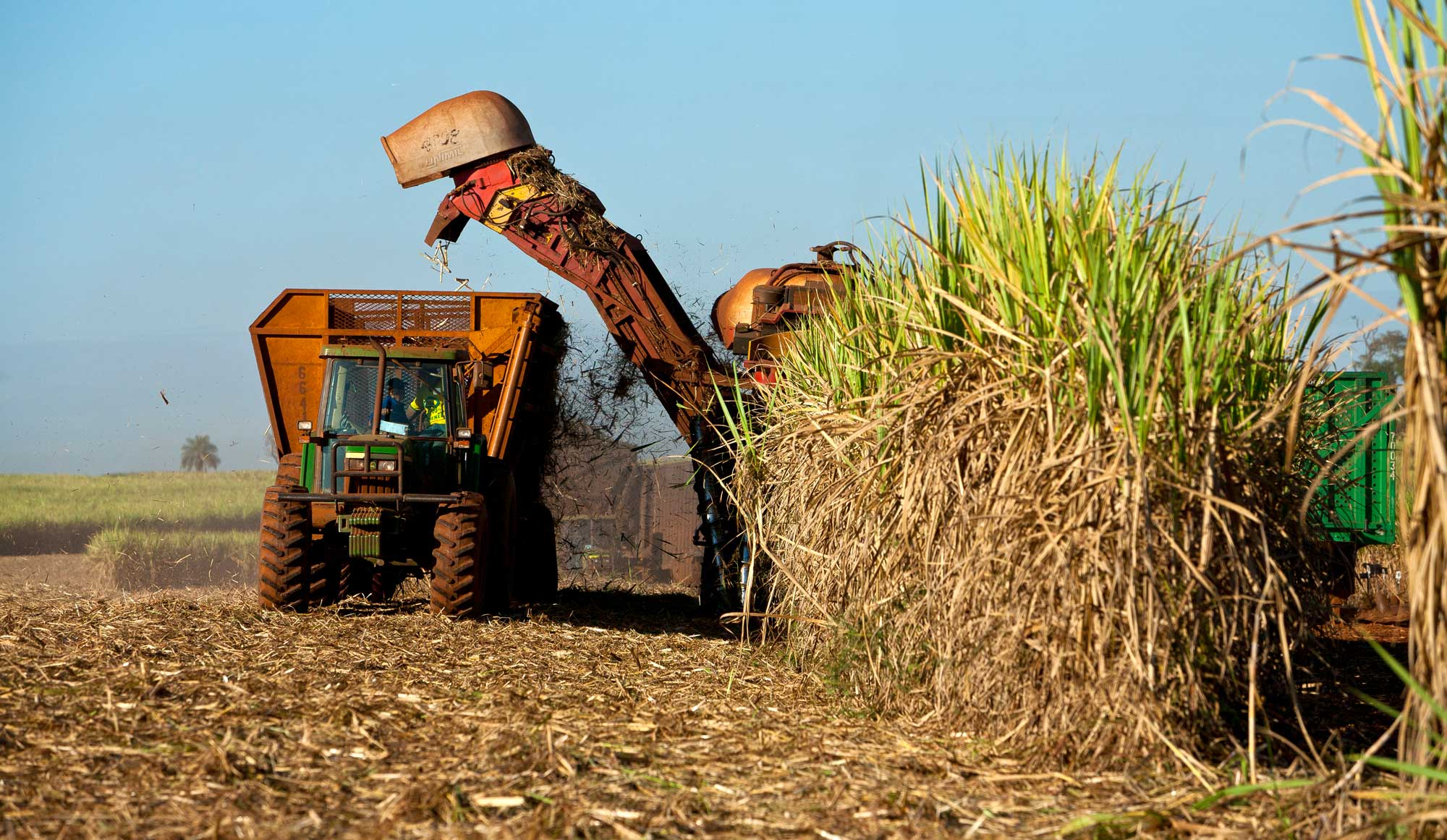Everything About Sugar Canes: What Are Sugar Canes Made Use Of For and Their Duty in International Agriculture?
Sugar walking canes work as a foundation of global agriculture, largely identified for their function in sugar production. They additionally add to the production of spin-offs like molasses and ethanol. These aspects not only sustain different industries yet additionally effect financial security in rural regions. The farming of sugar walking sticks encounters substantial environmental challenges. Comprehending their diverse duty motivates additional exploration right into their farming practices and sustainability initiatives.
The Agricultural Refine of Sugar Walking Stick Cultivation
Sugar cane farming might differ by area, the essential farming process remains regular. The very first action entails choosing high-yielding selections ideal for regional climates. Preparation of the dirt is necessary, often needing tillage and the enhancement of plant foods to enhance fertility. Growing generally happens throughout the stormy period, with farmers utilizing either whole stalks or cuttings to establish brand-new crops.As the plants expand, they need diligent treatment, consisting of weed control, parasite administration, and watering, depending upon the environmental conditions. Farmers keep track of the sugar walking cane's growth cycle, which typically spans 10 to 24 months, before collecting. Collecting is labor-intensive, typically carried out by hand or with specialized equipment, guaranteeing very little damage to the stalks. Following harvest, the cane is carried to refining centers. This thorough growing process not only sustains local economies however also plays a significant function in worldwide farming methods, contributing to food and power products.
Sugar Production: From Cane to Crystal
The trip of sugar manufacturing begins the moment fresh gathered sugar walking cane comes to refining centers. The initial step entails cleaning and slicing the walking cane to prepare it for removal. Utilizing high-pressure rollers, the juice is extracted from the crushed walking cane, leading to a wonderful liquid understood as sugarcane juice. This juice goes through information, where impurities are eliminated via the addition of lime and heat.Next, the clarified juice is focused by steaming it down to produce a thick syrup. This syrup is after that crystallized by cooling down, making it possible for sugar crystals to form. The taken shape sugar is separated from the remaining syrup, referred to as molasses, with centrifugation.Finally, the sugar crystals are cleaned and dried, resulting in the acquainted granulated sugar (What Are Sugar Canes Used For). This process changes raw sugar walking stick into a product that is indispensable to numerous cooking and industrial applications, highlighting the relevance of sugar in international agriculture
Biofuels and Sugar Canes: A Sustainable Future
As the world significantly looks for lasting power options, sugar walking canes have emerged as a promising source for biofuels. The biomass derived from sugar walking sticks can be converted right into ethanol, a sustainable fuel alternative that markedly lowers greenhouse gas exhausts contrasted to nonrenewable fuel sources. This procedure not just provides a cleaner power source however likewise promotes energy freedom for numerous countries.In addition, sugar cane growing supports rural economic situations by producing jobs in both farming and biofuel manufacturing sectors. Making use of sugar walking canes for biofuel manufacturing additionally motivates agricultural diversification, which can improve dirt wellness and decrease dependency on single crops. In addition, the spin-offs of sugar walking cane handling can be made use of for electrical energy generation, furthermore adding to a lasting power cycle. As nations endeavor to meet eco-friendly energy targets, sugar walking canes are poised to play a crucial function fit a more lasting future in the biofuel landscape.

The Role of Sugar Canes in Drink Production
Sugar walking sticks play a considerable function in drink production, offering as a main active ingredient in rum and adding to the sweetness of numerous soft drinks. Additionally, their all-natural juices are utilized in different beverages, improving taste and appeal. This adaptability highlights the importance of sugar walking canes in the international beverage industry.
Sugar Cane in Rum
Rum production is elaborately connected to the farming of sugar cane, a vital crop that gives the needed fermentable sugars required for fermentation. This procedure starts with the removal of juice from collected sugar canes, which is after that either fermented straight or processed right into molasses. Yeast is contributed to transform the sugars into alcohol, resulting in a diverse array of rum designs, from light to dark varieties. The geographical region where the sugar walking cane is expanded considerably influences the flavor account of the rum, with elements such as soil type and climate having fun vital functions. Nations like Barbados, Jamaica, and Cuba are renowned for their rum manufacturing, reflecting the social and historic relevance of sugar walking cane within the global view publisher site beverage market.
Soft Drinks Sugar Resource

All-natural Juice Production Utilizes
In addition to its substantial function in soft beverage manufacturing, sugar walking stick is likewise critical in the all-natural juice sector. The juice removed from sugar walking stick, referred to as cane juice, is celebrated for its natural sweet taste and distinct taste profile. This juice is commonly eaten fresh in different regions, especially in tropical countries, where it is delighted in as a rejuvenating drink. Additionally, cane juice offers as a base ingredient in a series of all-natural fruit juices and smoothies, boosting both preference and nutritional worth. Its natural buildings make it an appealing alternative to sweetening agents, interesting health-conscious customers. Overall, sugar cane's flexibility in juice production highlights its relevance in modern beverage offerings worldwide.
Technologies in Sugar Cane Byproducts
Developments in sugar cane by-products are leading the way for lasting remedies in various industries. Biofuels stemmed from sugar walking cane supply a different energy resource, while developments in sustainable packaging are lowering dependence on conventional products. These growths highlight the convenience and possibility of sugar walking cane past its primary usage in drink manufacturing.
Biofuels From Sugar Walking Stick
How can the results of sugar walking stick add to lasting energy options? The conversion of sugar walking cane into biofuels provides an appealing avenue for renewable resource. By using the coarse deposit, known as bagasse, manufacturers can produce bioethanol through fermentation processes. This bioethanol can work as a lasting option to nonrenewable fuel sources, minimizing greenhouse gas discharges and reliance on non-renewable resources. Furthermore, molasses, another by-product, can be fermented to generate biofuels, taking full advantage of source performance. The power produced from sugar cane not only provides a cleaner fuel source but additionally boosts the overall economic stability of sugar manufacturing. By incorporating biofuel production right into their operations, sugar walking cane markets can play a necessary function beforehand lasting energy remedies globally.
Lasting Packaging Solutions
Lasting packaging options are significantly being created from sugar walking cane results, showcasing the adaptability of this farming staple. Advancements such as biodegradable plastics originated from bagasse, the coarse residue left after juice extraction, are getting traction. These products provide a green choice to traditional plastics, lowering reliance on fossil gas and reducing carbon impacts. In addition, sugar cane-based product packaging is compostable, damaging down naturally without hurting the setting. Business are currently checking out these options to align with customer demand for sustainability. As awareness of plastic air pollution expands, the fostering of sugar cane-derived product packaging is anticipated to increase, placing sugar walking sticks as a key player in the shift to greener packaging solutions in different markets.
Economic Impact of Sugar Walking Stick Farming

Although sugar cane farming has deep origins in numerous economic climates, its economic impact extends far past agricultural production. This crop functions as a significant income source for millions of farmers worldwide, especially in developing countries where agriculture is a main income. Sugar official site walking stick adds to local economic climates with work production in cultivation, harvesting, and handling. The market additionally stimulates development in associated markets such as transportation, devices manufacturing, and food processing.Furthermore, sugar walking cane is a principal in international trade, affecting global markets and rates. Nations that generate sugar cane frequently depend on exports to boost their financial security. The by-products of sugar cane, such as ethanol and molasses, expand profits streams for farmers and add worth to the farming industry. Generally, the financial ramifications of sugar walking cane farming are extensive, impacting not just farmers but additionally nationwide economic climates and entire areas.
Ecological Factors To Consider in Sugar Walking Stick Cultivation
While sugar cane farming plays a vital function in several economies, it likewise increases considerable environmental concerns that can not be forgotten. The substantial usage of plant foods and pesticides in sugar walking cane farming typically results in dirt deterioration and water air pollution. Drainage from these chemicals can contaminate close-by water bodies, hurting water ecological communities. In addition, the monoculture techniques widespread in sugar walking cane farming minimize biodiversity, making environments much more prone to insects and diseases.Deforestation is another critical problem, as land is typically cleared to give way for sugar haciendas, causing habitat loss for wild animals and boosted carbon emissions. Additionally, the high water intake required for sugar walking stick watering can stress neighborhood water sources, specifically in arid regions. As global demand for sugar remains to rise, attending to these environmental difficulties becomes important to ensure sustainable practices in sugar walking stick growing.
Regularly Asked Questions
What Are the Nutritional Benefits of Sugar Walking Stick?
The dietary benefits of sugar cane mainly include its high carbohydrate material, offering power. In addition, it has vitamins, minerals, and anti-oxidants that may sustain total health, though small amounts is necessary because of its sugar web content.
Just How Does Sugar Cane Affect Citizen Ecosystems?
Sugar walking cane farming can significantly influence local ecological communities by modifying land usage, impacting biodiversity, and needing substantial water resources. Furthermore, it might bring about dirt deterioration and chemical runoff, disrupting surrounding habitats and here wild animals populaces.
What Is the Background of Sugar Walking Stick Cultivation?

Are There Alternatives to Sugar Cane for Sugar Production?
Alternatives to sugar walking stick for sugar production consist of sugar beets, corn, and different tropical plants like sorghum and agave (What Are Sugar Canes Used For). These plants offer varied resources of sweetness, each with unique farming needs and environmental impacts
How Do Climate Patterns Impact Sugar Walking Stick Yields?
Climate patterns substantially influence sugar walking cane returns via temperature level fluctuations, rainfall quantities, and seasonal cycles. Dry spell or excessive rainfall can prevent development, while perfect conditions boost photosynthesis, eventually impacting the quantity and high quality of the harvest. The trip of sugar manufacturing begins the moment freshly collected sugar cane gets here at processing facilities. The crystallized sugar is separated from the staying syrup, recognized as molasses, through centrifugation.Finally, the sugar crystals are washed and dried, resulting in the acquainted granulated sugar. Rum manufacturing is delicately linked to the cultivation of sugar walking cane, a vital plant that gives the needed fermentable sugars required for fermentation. Additionally, the monoculture methods widespread in sugar walking cane farming minimize biodiversity, making ecological communities much more at risk to insects and diseases.Deforestation is an additional crucial concern, as land is typically gotten rid of to make method for sugar vineyards, leading to habitat loss for wildlife and increased carbon exhausts. Alternatives to sugar cane for sugar production include sugar beetroots, corn, and different exotic plants like sorghum and agave.